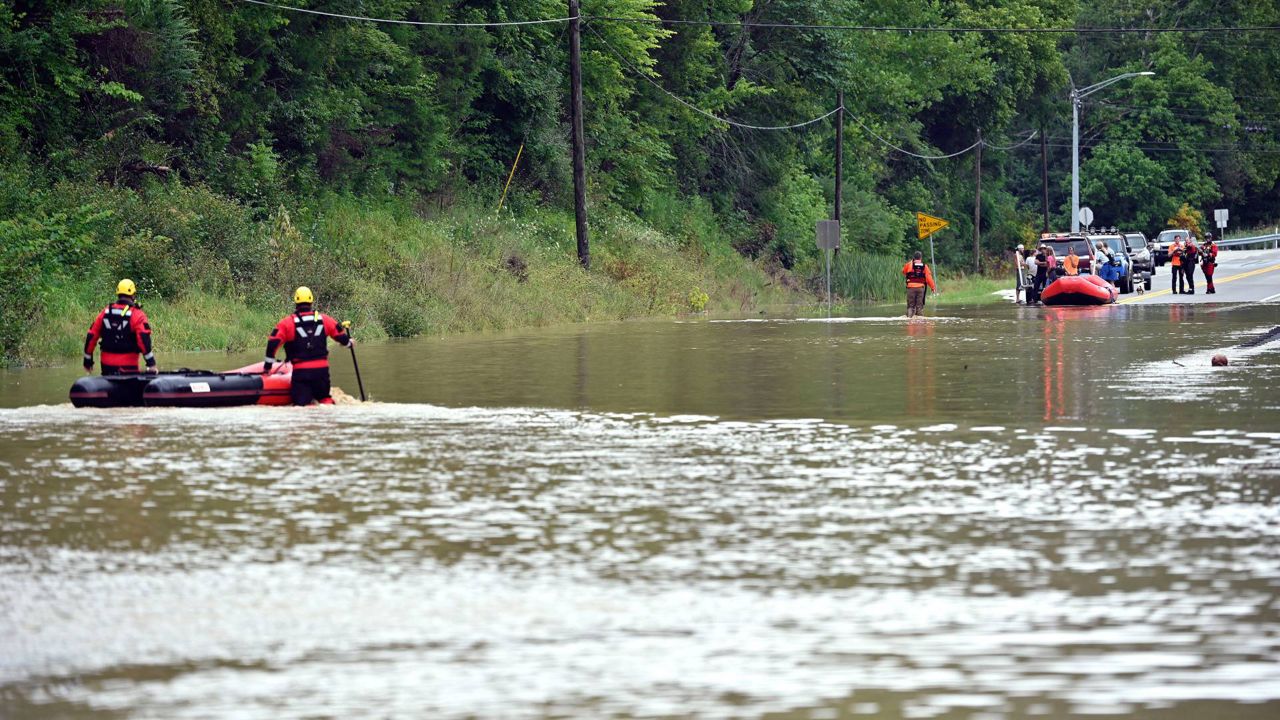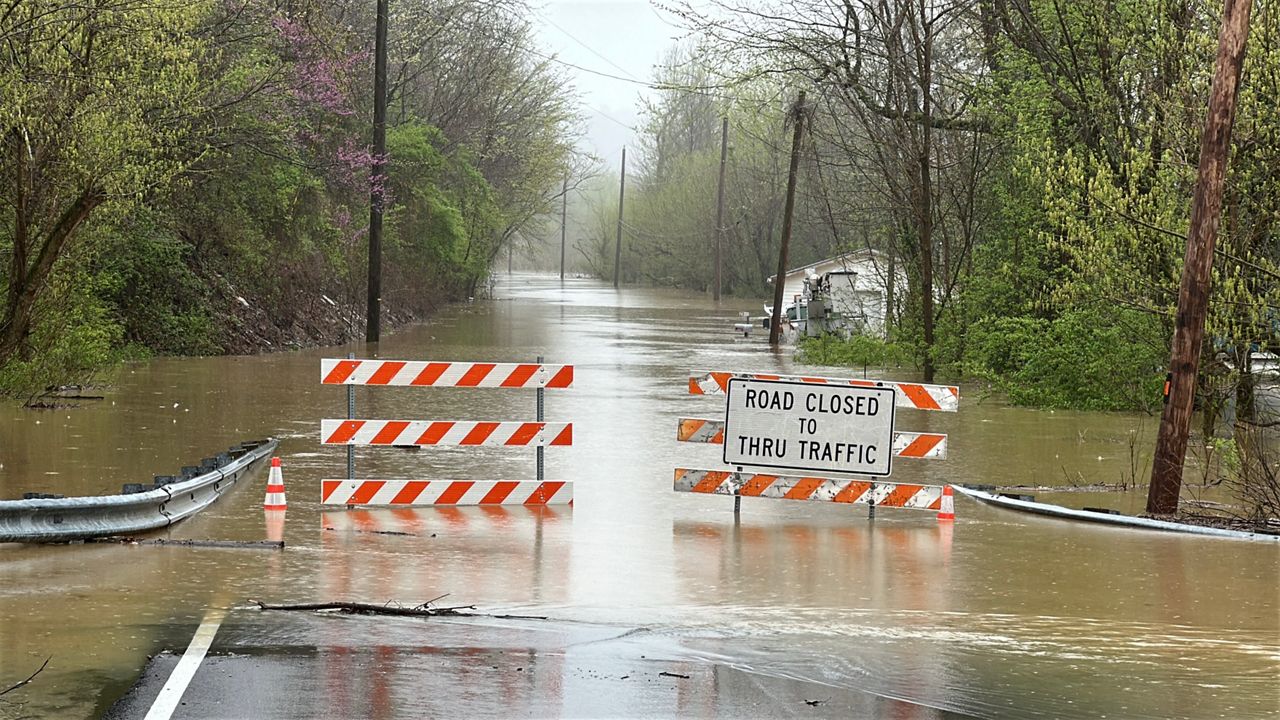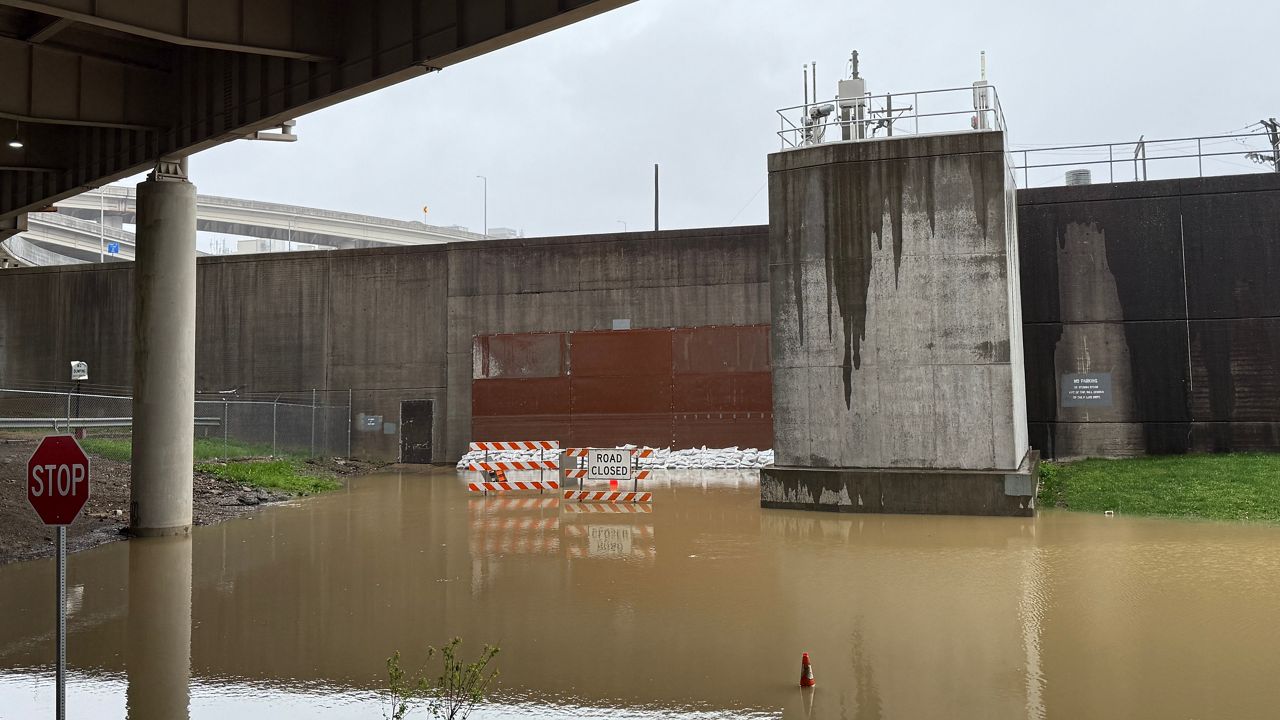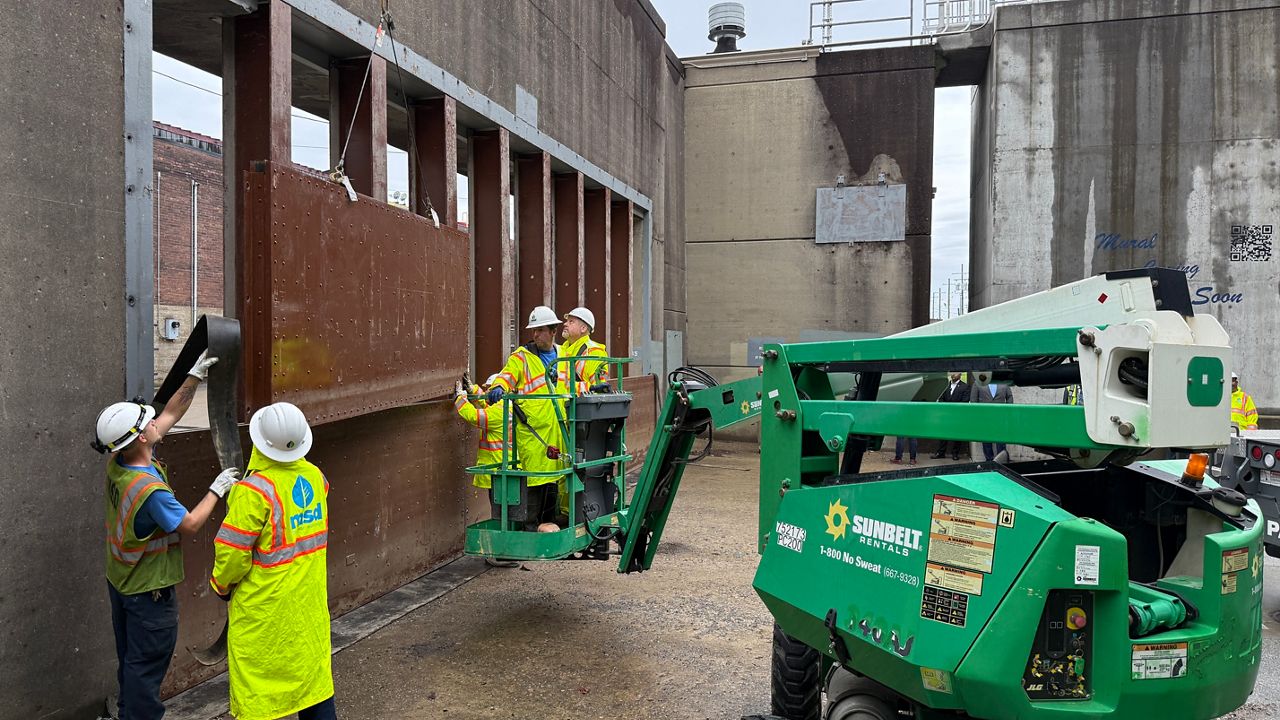MAYFIELD, Ky. — Kentuckians are no strangers to applying for FEMA assistance following tornadoes in 2021 and flooding in 2022. Many who did that described it as a lengthy and frustrating process. Now, though, FEMA has announced sweeping changes meant to simplify and speed up the process.
What You Need To Know
- FEMA announced sweeping changes to its disaster assistance program
- FEMA officials say the changes are meant to simplify and speed up the process for survivors of natural disasters
- While the changes were not in effect for survivors of tornadoes in Western Kentucky or the flooding in Eastern Kentucky, those involved in recovery efforts say they are happy about the changes and feel it will be beneficial for future survivors
- The changes will be implemented for disasters occurring after March 22
Ryan Drane, the former director of the Mayfield Graves County Long Term Recovery Group says he has helped hundreds of people through the FEMA application process following tornadoes in Dec. 2021. He described crying tears of joy reading about sweeping changes to FEMA’s Individual Assistance Application process.
“I cried just thinking about the hundreds of different cases where people had issues,” said Drane. “I really feel like FEMA listened to a lot of us who have been really outspoken and took that approach as well and said what can we do to reduce the stress. What can we do to streamline our process and cut the red tape?”
One change includes giving wider access to an immediate $750 per person impacted by extreme weather to cover costs like food, shelter and evacuations.

“I was in Kentucky twice within the last year or so. I was there right after the spring flooding in 2022 and I saw the impacts in the hollers of Eastern Kentucky and the people who came out in the community to help their neighbors,” said Colt Hagmaier, Assistant Administrator for Recovery with FEMA. “I saw elected officials standing on the corner handing out bottled water and stuff like that. The changes we are making here, the serious needs assistance, is going to provide another form of help. If your local elected official is handing out water, that’s great, but we are also going to be accelerating payments so you can go down to the store and buy that as well without totally disrupting your monthly budget.”
Other reforms include money for under-insured homeowners, a streamlined application process and simplifying the appeals procedures. The change Drane was most excited about was that FEMA will remove the loan application requirement.
“Previously, if you needed some types of help from FEMA, you would have to go to the Small Business Administration, apply for a loan, get denied, and then come back. That’s an opportunity for people to fall through the cracks. What we are doing now is allowing you to apply to both programs at the same time and we will be able to accelerate assistance to those who would otherwise be eligible for our help,” said Hagmaier.
While these changes were not in place for people recovering from tornadoes or floods, it will help anyone who faces a natural disaster in the future.
“If there’s 100,000 things on a survivor’s mind, any time you can reduce one thing, it’s going to make a difference,” said Drane.
Drane said he feels FEMA listened to survivors in western Kentucky and around the nation who have been through the process before.
“On behalf of Administrator Criswell, we are super excited about some of these changes that will be rolling out to help families and survivors impacted by disasters nationwide in the coming months. This is a result of years of feedback and appreciation of some of the limitations that exist within our program. Although we went out for public comment two years ago and intentionally solicited feedback, this is a result of anecdotal and specific suggestions we have gotten throughout multiple disasters all over the country,” said Hagmaier.
The new changes will be implemented for disasters occurring after March 22. You can learn more about the specific changes on FEMA’s website.










